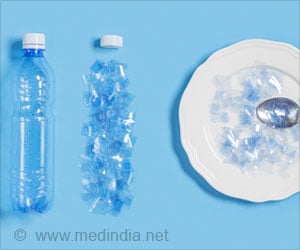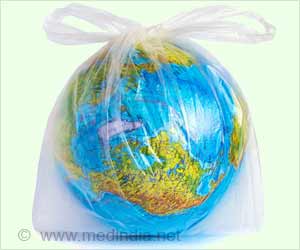Researchers had underestimated the formation of secondary organicaerosol in the atmosphere because the laboratory chamber walls have been stealing the vapors.

SOA impacts air quality and climate and makes up a major fraction of particulate matter in the atmosphere. Yet SOA concentrations have been significantly underestimated in regional air quality models.
Nearly all models of secondary organic aerosols are tied to observations of their formation in laboratory chamber experiments.However, the effect of vapor loss to chamber walls previously had been neglected.
"To accurately predict the health and climate impacts of particles,we need to accurately predict their abundance in the atmosphere,"said co-author Christopher Cappa, professor of civil and environmental engineering at UC Davis.
Secondary organic aerosols are formed primarily through chemistry that occurs in the gas phase.
"If, along the path from moving from the gas phase to the particle phase, another surface steals that gas-phase material, you wouldn't form as much of the particle as you would think," Cappa said. "That's what we've demonstrated is happening: The walls of these chambers act as a sponge for the vapors and compete with the particles for these vapors."
Advertisement
Cappa said the researchers' next steps are to assess the vapor effect more broadly for other compounds to more fully understand these wall effects and make better predictions for the future.
Advertisement









